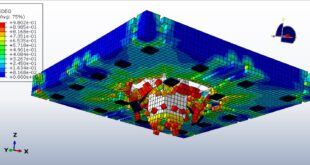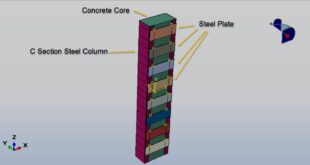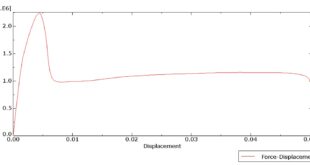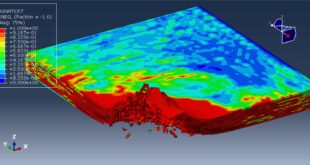In this tutorial, the Simulation of an RC slab reinforced with CFRP rods and fiber concrete jacket with a mechanical anchorage member under impact load has been done. Over the past few decades, the challenges associated with ageing and deterioration have become prominent issues in the construction field. Reinforced concrete structures are constructed to endure a range of environmental conditions throughout their anticipated operational lifespan. However, human errors such as changes in usage, structural design flaws, inadequate maintenance, and alterations in environmental conditions can lead to significant damage over time. These environmental factors can result in concrete deterioration, steel reinforcement corrosion, and ultimately, a loss of structural integrity. As a result, these issues require careful consideration and innovative solutions to ensure the durability and longevity of constructed assets, and it is essential to strengthen or rehabilitate existing structures. In recent years, carbon fiber reinforced polymer (CFRP) materials have seen a notable increase in use as a strengthening technology
The Carbon Fiber Reinforced Polymer (CFRP) bars were used in this study as embedded in the UHPFRC jacketing for strengthening the slab. You can see the figures of the assembled parts below
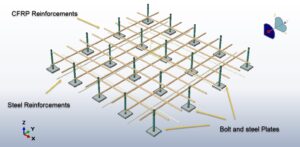
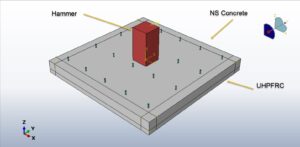
The effectiveness of the proposed strengthening method relies on choosing the appropriate Mechanical Expansion Anchorage Bolts System (MEABS) to securely bind the existing concrete surface of the slab with the UHPFRC jacket surfaces. Therefore, the mechanical expansion anchorage bolt system was acquired with the specified size to ensure adequate anchorage and the appropriate amount of strength
In this example, to observe the tension and compression damage under impact load, the Concrete Damaged Plasticity model is selected for both normal and UHPFR concrete. The dynamic explicit step is so suitable for considering the large deformation and failure of the panel.
After the simulation, all results such as stress, strain, hammer penetration, concrete failure, steel damage, CFRP deformation, and others are available. You can see some figures for the results below
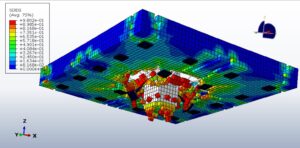
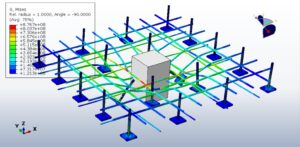
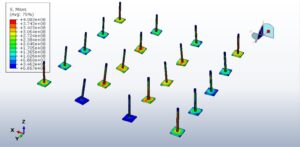
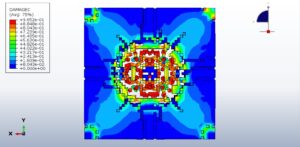
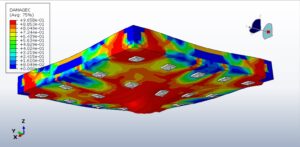
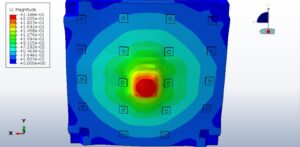
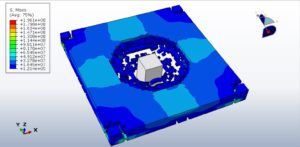
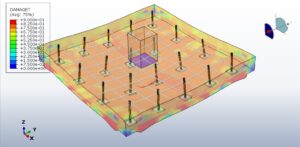
 Abaqus tutorials Abaqus tutorials
Abaqus tutorials Abaqus tutorials
